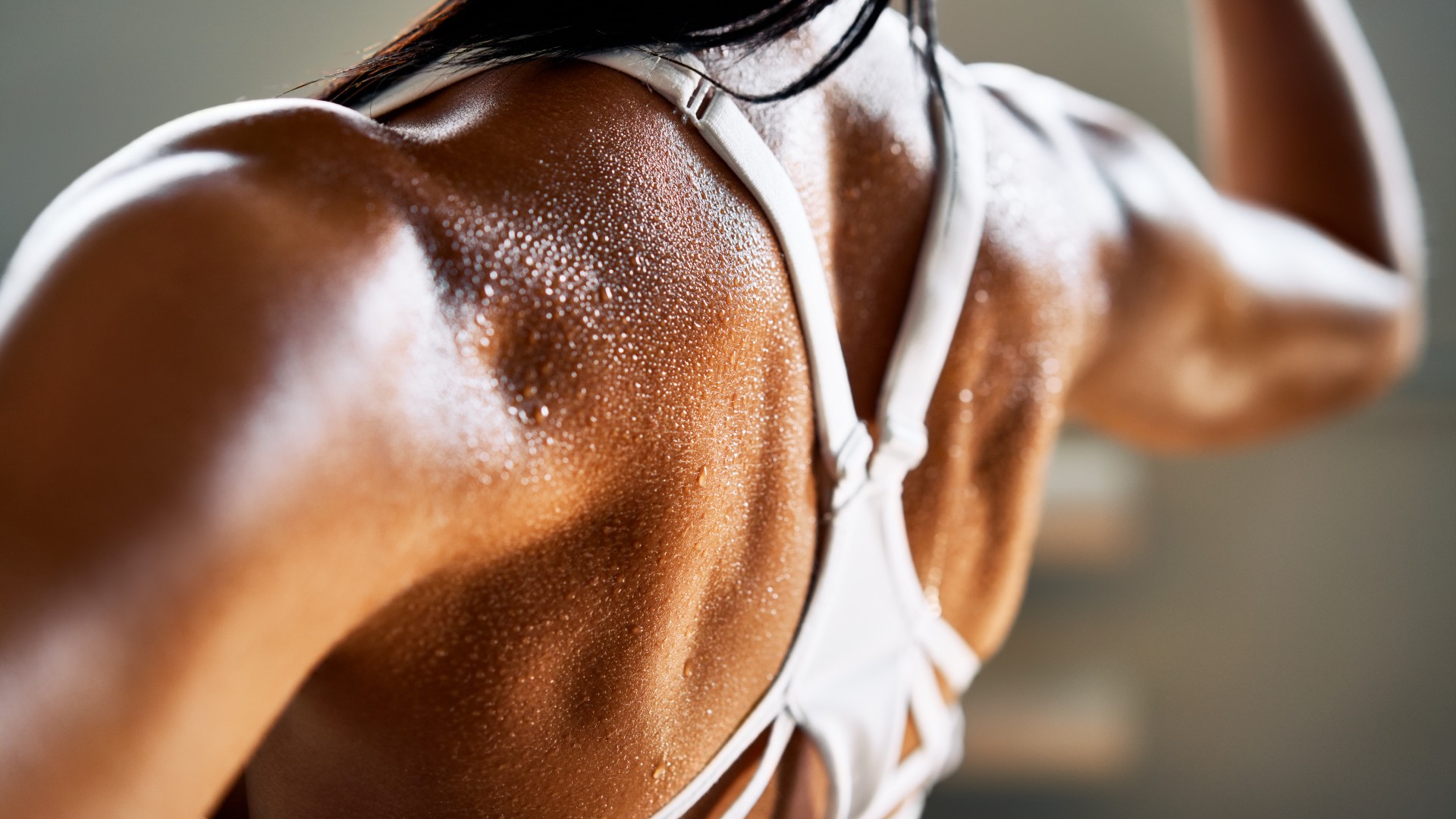
Boost upper body mobility and strengthen your back and shoulders using this corrective exercise for slumped shoulders and poor posture.
This move is primarily performed on the cable machine and targets the mid to upper back and posterior deltoids (your rear shoulders), helping to pull things back, and fixing rounding caused by poor posture and prolonged sitting.
Scrap the hunched look and stand taller and prouder with — yep, face pulls, of course. One of my favorite ever back exercises, here’s how to do face pulls with correct form, the benefits and ways to maximize the impact of this exercise on your muscles.
How to do face pulls
Learning how to do a face pull correctly will set you up for success when controlling both phases. Here’s how:
- Attach the rope to the cable machine at roughly head height
- Stand with feet shoulder-width apart facing the rope. If you prefer, place one foot in front of the other using a staggered stance and square your hips
- Grip the ropes using an overhand grip
- Engage your core and slightly lean back
- With control, pull the rope toward your head, drawing your elbows back and the rope handles either side of your ears
- Squeeze your shoulder blades together and pull as far as possible
- Slowly return to the starting position.
Which muscles do face pulls work?
Think about pulling your shoulder blades together as if pinning a pencil between them and holding it in place — this is the action your muscles take during face pulls.
The exercise strengthens the posterior and lateral deltoids, rotator cuff (a group of shoulder stabilizers that sit around the scapulae), trapezius, rhomboids, biceps and latissimus dorsi, as you pull your elbows backward toward your face from a standing position.
Benefits of face pulls
Strengthening these muscles over time can improve posture, shoulder stability and movement pattern quality during daily activities and exercise. Face pulls are one of the most effective exercises for building a strong and healthy back and shoulders while improving upper body mobility.
A lesser-known benefit of face pulls is the ability to improve the mind-muscle connection through controlled motion — the pulling phase (concentric contraction) and managing the resistance as you allow the weights to travel back to the starting point, creating eccentric movement. Focusing on concentric and eccentric contraction is crucial for building muscle, strength and stability.
At all times, the quality of the pull is the most important, rather than yanking the ropes, which actually reduces the intensity and tension. That might mean prioritizing fewer reps for more sets as you drive the load with control, pause, and then slowly guide the ropes back. I recommend roughly 3-4 sets of 6-10 reps.
If you struggle to pull to the end range of motion — think of both hands reaching past your ears and the rope drawing to your face — consider reducing load. I like to use an overhand grip, but you can use an underhand to emphasize the biceps more.
What causes poor internal shoulder rotation?
Your shoulder joints have the most range of motion, helping rotate the arms and lift them forward, backward and sideways, meaning they’re also more susceptible to injury and weakness. In short, more can go wrong.
Horizontal pulls like face pulls can help strengthen the posterior chain muscles — the ones located in the back of the body.
Internally rotated shoulders occur when the limbs draw toward the midline or your body's center. Of course, internal rotation is important for your shoulders to move properly, but we all tend to internally rotate more than externally rotate, causing imbalances, hunched shoulders, and weak and painful back muscles.
Overuse and repetition can limit the range of motion you have, so exercising your shoulders in all planes of motion can keep them strong and healthy. I like to use adduction, abduction, frontal, lateral, reverse and rotational moves.
Drawing the shoulders apart produces protraction, whereas retraction involves pulling the shoulder blades toward each other. Practicing these movements can help your shoulders deal with exercises that use protraction and retraction, like throwing.
To help train your shoulder muscles to produce these movements, I recommend learning how to do scapula push-ups and scapula pull-ups, especially if you enjoy push-pull workouts.
If you have a shoulder-related injury, pre-existing health conditions, or injuries, or experience pain when performing exercise, speak with a qualified personal trainer or medical physician first.







